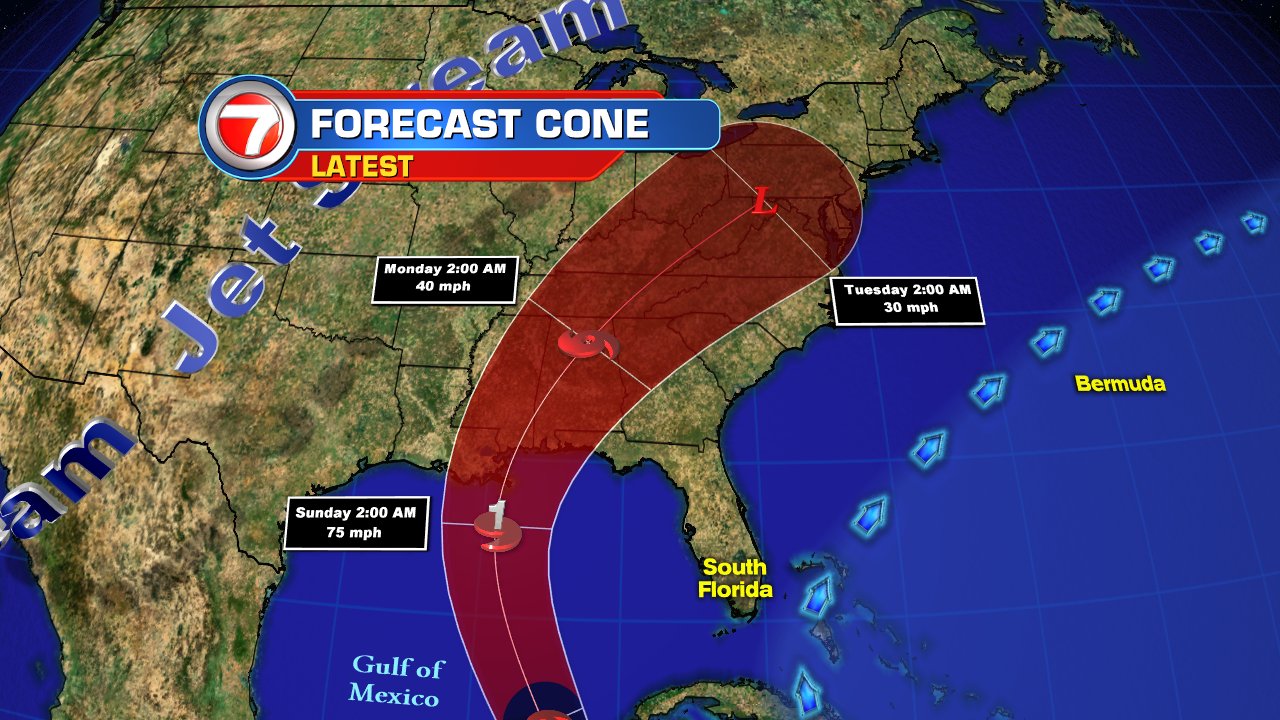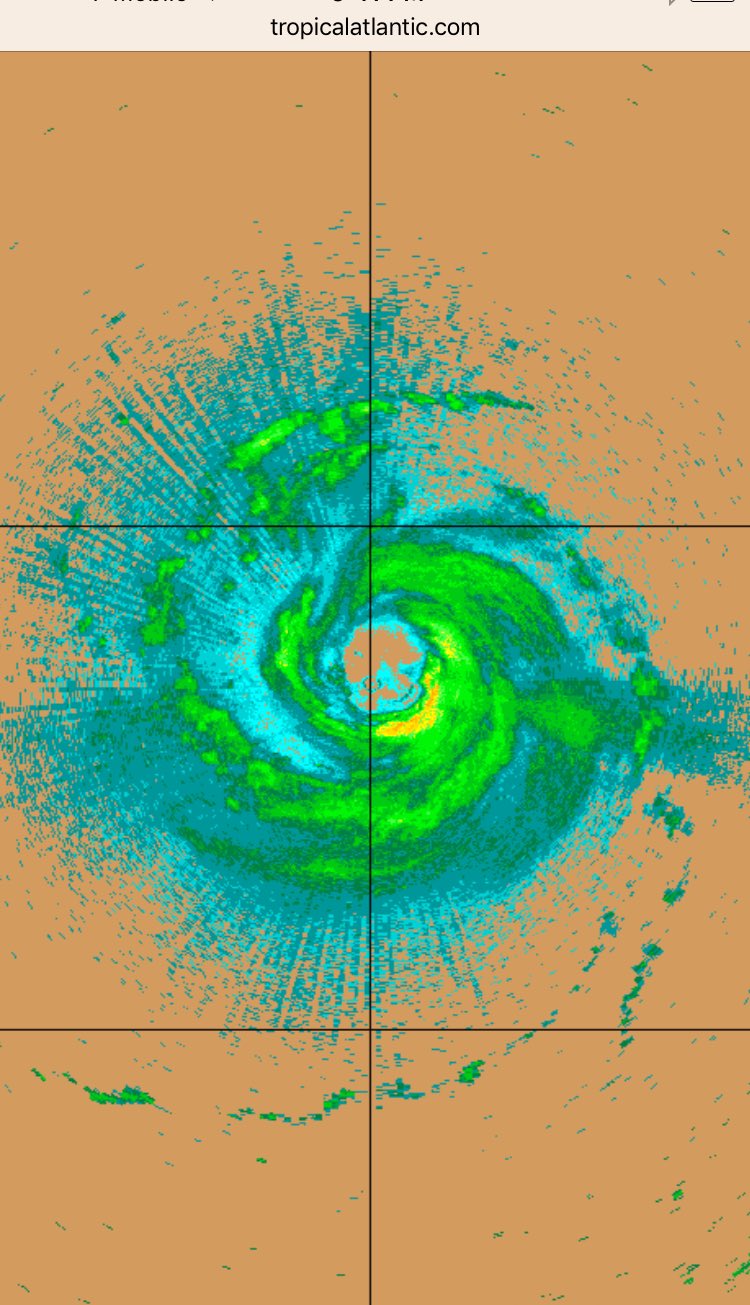We are all familiar with the saying, "spring forward, and fall back", which relates to setting the clock ahead one hour in spring and one back in the fall. But why do we do it? Here's a blog I wrote sometime ago explaining the tradition.
Here is a brief history of this practice:
18th Century:
Way back in the late 1700's Benjamin Franklin suggested that getting up earlier and enjoying the sunshine would help save lamp oil that otherwise would be wasted by staying up late at night.
19th Century:
When our country was young and most of the cargo was carried by train, companies needed set time zones so they would know where and when the goods would arrive. Time zones, splitting the nation into 4 parts, began in 1883. Until then, major cities set their own times from local astronomical observations.
20th Century:
By 1908, the House of Commons in England debated to change the time in order to eliminate "The Waste of Daylight". The measure failed.
Here in America, in 1918, congress passed a law making the time zones official for all to use but no time change was issued. That changed shortly thereafter as may countries engaged in World War I. The United States adopted Daylight Saving Time, pushing the clocks ahead one hour in order to conserve energy for the war effort. The measure was so unpopular that it was repealed as soon as the war was over.
As World War II emerged in 1944, we went back into Daylight Saving with clocks set ahead 1 hour. It remained this way until 1945. After the War, it was up to individual states whether to observe Daylight Saving.
In 1966 the Department of transportation was created and it took on the responsibility of handling the nation's time laws. They were confronted with a new problem... Television. How could networks tell the whole country at what time their favorite show would air if everyone was observing a different time zone? Over 100 million people were observing Daylight Saving set by local municipalities and customs, it was a mess.
Shortly thereafter, the Uniform Time act of 1966 was passed which called for the clocks to be set forward and backwards in the Spring and Fall. This new law just insisted that the states keep their times in a uniform fashion but did not force anyone to observe Daylight Saving.
21st Century
In 2007, new start and end dates were issued for Daylight Saving Time. It starts at 2 a.m. on the Second Sunday in March and lasts until 2 a.m.on the First Sunday of November.
As
of last check, most states observe daylight saving time (DST), the exceptions being Arizona (except for the Navajo, who do observe daylight saving
time on tribal lands), Hawaii, and the overseas territories of American
Samoa, Guam, the Northern Mariana Islands, Puerto Rico, and the United
States Virgin Islands.
Why do we still do it?
Proponents
say, it saves energy. We tend to use less electricity during the
summer months because we are home fewer hours. During this time of
year, most Americans are enjoying outdoor activities. This means less
electrical usage. This of course, if you live anywhere outside of Florida where we run our air conditioning units full max thru the summer months.
According to the U.S. Department of Transportation, a poll suggested that Americans liked Daylight Saving Time because "there is more light in the evenings / can do more in the evenings." They also suggest, that while the amounts of electricity saved per household are small...added up they can be very large.
According to the U.S. Department of Transportation, a poll suggested that Americans liked Daylight Saving Time because "there is more light in the evenings / can do more in the evenings." They also suggest, that while the amounts of electricity saved per household are small...added up they can be very large.












